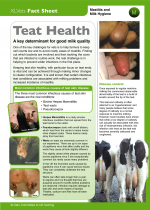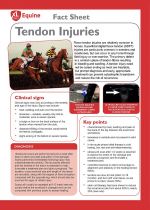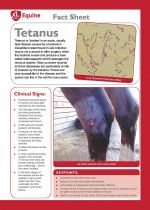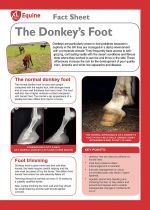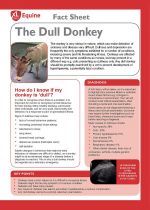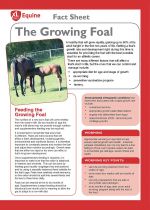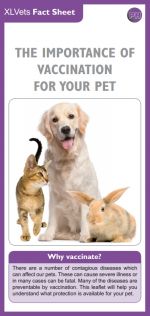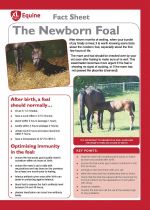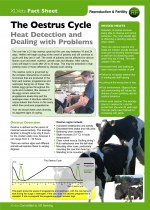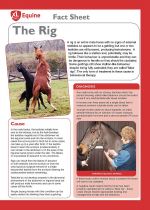Factsheets -
Below are Word and PDF files of our Factsheets. You will need Adobe Reader to view the PDF files - if you need to download Adobe Reader please click here.
Please note: some of these factsheets are several pages long and are large files, so please be patient when downloading!
Tendon Injuries
Flexor tendon injuries are relatively common in horses. Superficial digital flexor tendon (SDFT) injuries are particularly common in eventers and racehorses, but can occur in any horse through field injury or over-exertion. The primary defect is a central rupture of tendon fibres resulting in bleeding and swelling. A tendon injury need not be career ending as most are treatable, but prompt diagnosis and early, appropriate treatment can prevent catastrophic breakdown and reduce the risk of recurrence.
Tetanus
Tetanus or 'lockjaw' is an acute, usually fatal disease caused by a bacterium Clostridium tetani found in soil.
The Donkey's Foot
Donkeys are particularly prone to foot problems because in captivity in the UK they are managed in a damp environment with a temperate climate. They frequently have access to lush grazing, contrasting vastly with the desert conditions and fibrous diets where they evolved to survive and thrive in the wild. These differences increase the risk for the development of poor quality horn, laminitis and white line separation and disease.
The Dull Donkey
The donkey is very stoical in nature, which can make detection of sickness and disease very difficult. Dullness and depression are frequently the only symptoms exhibited for a number of conditions, including severe and life threatening illness. Donkeys are affected by many of the same conditions as horses, but may present in a different way e.g. colic presenting as dullness only. Any dull donkey should be promptly examined by a vet to prevent development of hyperlipaemia, a potentially fatal condition.
The Growing Foal
A healthy foal will grow rapidly, gaining up to 90% of its adult height in the first two years of life. Getting a foal’s growth rate and development right during this time is essential for providing the foal with the best possible start for an athletic career.
There are many different factors that will affect a foal’s start in life, but the ones that we can control and manage include:
appropriate diet for age and stage of growth
de-worming
preventive vaccination program
farriery.
The Importance of Vaccination for your Pet
There are a number of contagious diseases which can affect our pets. These can cause severe illness or in many cases can be fatal. Many of the diseases are preventable by vaccination. This leaflet will help you understand what protection is available for your pet.
The Newborn Foal
After eleven months of waiting, when your bundle of joy finally arrives; it is worth knowing some facts about the newborn foal, especially about the first few hours of life.
The Rig
A rig is an entire male horse with no signs of external testicles so appears to be a gelding; but one or two testicles are still present, producing testosterone. A rig behaves like a stallion and, potentially, may be fertile. Their behaviour is unpredictable and they can be dangerous to handle so they should be castrated.
Some geldings still show stallion-like behaviour despite being fully castrated; they are called “false rigs”. The only form of treatment in these cases is behavioural therapy.
